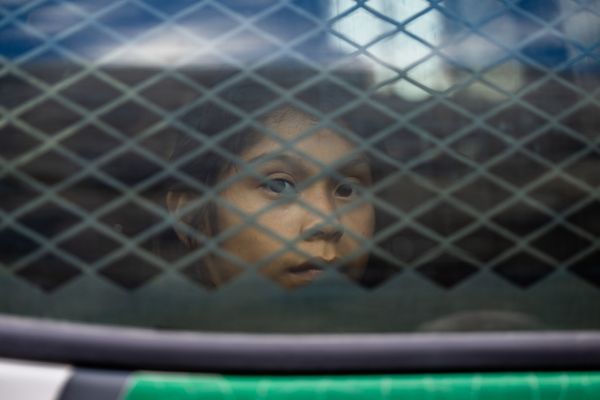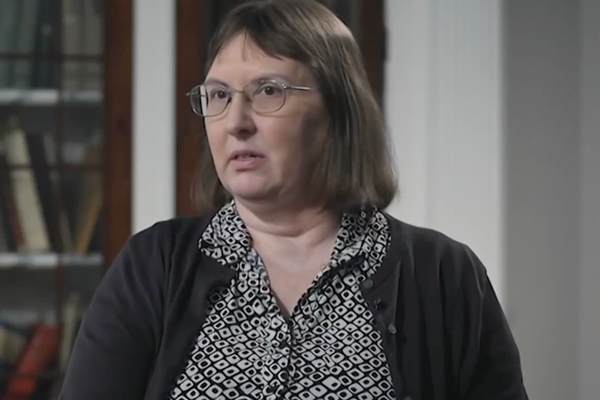
A return to Japan had initially been planned in 2020 before the COVID-19 pandemic forced organisers to cancel the anticipated rounds in both 2020 and 2021.
This weekend’s rally is set to provide a challenge with crews set to tackle 19 brand new stages as Rally Japan moves away from its traditional gravel stages to become an all-asphalt rally, in a new location of Toyota City, 40 kilometres south of Nagoya.
After Kalle Rovanpera and Jonne Halttunen won the drivers’ and co-drivers’ crowns in New Zealand, and Toyota wrapped up the manufacturers' title in Spain, there is only pride at stake in Japan.
That being said, Toyota will been keen to sign off its season in style in front of its home crowd.
A winner the last time the WRC visited Japan in 2010, Sebastien Ogier heads to the challenging asphalt roads off the back of a first win of the season in Spain.
Ogier will however be joined by a new co-driver in the form of Vincent Landais, who will swap the M-Sport Ford Puma he has shared with Pierre-Louis Loubet this year, for a Toyota GR Yaris.
Landais is being evaluated for a possible future collaboration with Ogier, who has been competing alongside Benjamin Veillas during a partial campaign this year.
Elfyn Evans and Rovanpera are likely to be in the mix this weekend with the former hoping to end a difficult season on a positive note. Toyota will also be boosted by home hero Takamoto Katsuta, who will aim to make the most of his local knowledge.

The rally will be Ott Tanak’s last behind the wheel of a Hyundai after the 2019 world champion announced plans to end his contract with the operation a year early after Rally Spain.
Tanak says he plans to end his three-year relationship with the South Korean marque on a high, while team-mates Thierry Neuville and Dani Sordo will be eager to upset Toyota’s homecoming.
Rivals M-Sport will field only two Ford Pumas after budget constraints forced the team to withdraw its entry for Adrien Fourmaux. As a result, Craig Breen, alongside new co-driver James Fulton, and Gus Greensmith will lead the line for the blue oval.
The WRC2 drivers’ title will however be decided in Japan with Andreas MIkkelsen, Kajetan Kajetanowicz and Emil Lindholm in contention.
Mikkelsen is leading the championship but is not contesting the event, meaning the battle for the championship is likely to be played out between Kajetanowicz and Lindholm.
What is Rally Japan?
Rally Japan’s origins stretch back to 2002 when Rally Hokkaido was first organised as part of the FIA Asia-Pacific Rally Championship.
After two successful editions, the gravel rally morphed into Rally Japan and joined the WRC schedule for the first time in 2004. The event was held on twisty gravel roads in the Tokachi region near Obihiro.
In 2008 the event moved to Sapporo, Hokkaido’s biggest city. After slipping off the 2009 WRC calendar, Sapporo would host another edition in 2010, which would mark the last event in the country until this year.
Rally Japan was initially set to rejoin the calendar in 2020 and then in 2021 but organisers were forced to cancel the events due to the COVID-19 pandemic.
The new-look Rally Japan will be hosted in the Aichi region with Nagoya as its host city. For the first time, the event will be held on all-asphalt roads.
Rally Japan winners
A total of five drivers have stood on the top step of the podium at Rally Japan across the six WRC events the country has hosted.
Only one driver has conquered Japan more than once. Finland’s Mikko Hirvonen claimed back-to-back wins for M-Sport in 2007 and 2008.
Norway’s Petter Solberg won the inaugural Rally Japan in 2004, while two-time world champion Marcus Gronholm followed that up with a victory in 2005, behind the wheel of a Peugeot 307. This was the last WRC victory for the factory Peugeot squad.
Nine-time world champion Sebastien Loeb emerged victorious for Citroen in 2006 before Hirvonen’s double success.
Sebastien Ogier claimed the win in the previous edition of Rally Japan held in 2010, also driving for Citroen.
Ford and Citroen are the most successful manufacturers at the event having chalked up two wins apiece.

Rally Japan itinerary
This year’s edition will be contested over 19 stages, comprising 283.27km across four days of competitive action.
Thursday 10 November
Shakedown - begins 0001 BST - 0901 local
Stage 1- begins 0838 BST - 1738 local
Friday 11 November (6 stages - 132.97km)
Stage 2 - Stage 7 - begins 2202 BST - 0702 local
Saturday 12 November (7 stages - 80.48km)
Stage 8 - Stage 14 - begins 2207 BST - 0707 local
Sunday 13 October (5 stages - 69.82km)
Stage 15 - Stage 19 - Final stage begins 0518 BST - 1418 local
Rally Japan Entry List (Rally1) - Road order
Rally Japan will feature 36 entries headlined by nine Rally1 cars.
#69 Kalle Rovanpera/Jonne Halttunen - Toyota Gazoo Racing - GR Yaris Rally1
#8 Ott Tanak/Martin Jarveoja - Hyundai Motorsport - i20 N Rally1
#11 Thierry Neuville/Martijn Wydaeghe - Hyundai Motorsport - i20 N Rally1
#33 Elfyn Evans/Scott Martin - Toyota Gazoo Racing - GR Yaris Rally1
#18 Takamoto Katsuta/Aaron Johnston - Toyota Gazoo Racing - GR Yaris Rally1
#1 Sebastien Ogier/Vincent Landais - Toyota Gazoo Racing - GR Yaris Rally1
#42 Craig Breen/Paul Nagle - M-Sport Ford World Rally Team - Puma Rally1
#6 Dani Sordo/ Candido Carrera - Hyundai Motorsport - i20 N Rally1
#44 Gus Greensmith/Jonas Andersson - M-Sport Ford World Rally Team - Puma Rally1
The entry list also feature former Formula 1 race winner and newly crowned Japanese Rally champion Heikki Kovalainen, who will make his WRC debut in a Rally2 specification Skoda Fabia.

What’s new for WRC in 2022?
This year represents the introduction of new Rally1 regulations designed to move the WRC into a much more sustainable future and to attract new manufacturers. They have resulted in Hyundai, Toyota and M-Sport Ford designing and building all-new cars around a new safer, steel spaceframe chassis.
The biggest change to the cars is the introduction of a mandatory 100kW hybrid unit coupled to the 1.6-litre turbocharged internal combustion engine, the only key component carried over from the previous generation of cars. In tandem, this will allow the powertrain to develop 500bhp to be used in short bursts across every stage.
Cars will be up 70kg heavier than their predecessors, this is mainly due to the addition of the hybrid system. In total, Rally1 machines will weigh in at approximately 1260kg.
The new regulations have effectively abolished extra aerodynamic devices such as wings and flicks being added to the bodywork outside of the front splitter and rear wing. The overall downforce created and its effect on the car has been reduced by approximately 15% compared to the previous generation of vehicle.
Trick centre differentials used to fine tune handling are now banned in favour of a simpler front and rear mechanical limited-slip differentials offering a fixed 50:50 torque split between the front and rear wheels. Suspension travel has been reduced to 270mm.
How does the Rally1 hybrid system work?
Drivers will have the use of hybrid power during every stage, with power boosts activated by the throttle pedal, while further boosts will be unlocked through energy regeneration under braking during stages.
Pilots will be required to regenerate 30 kilojoules of energy before another boost is granted that will be used the next time they touch the throttle pedal.
The extra 130 horsepower is delivered through the use of three bespoke homologated engine maps selected by teams, depending on the type of stage and conditions.
Determined by the FIA and event organisers, drivers will be required to navigate parts of road sections and around event service parks in full electric mode.
In full electric mode the car has a range of 20km, while its 3.9kWh battery, operating up to 750 volts, can be plugged in and recharged in the service park within 30 minutes. The hybrid unit can withstand an impact of 70G.
The cars are powered by a 100% sustainable fuel.
How can I follow Rally Japan
Autosport will be providing reports, interviews and reaction.
Motorsport.tv will also have regular highlights both during and after each WRC round in 2022.
Pay television
WRC Plus All Live will provide live coverage from every stage.
BT Sport will live action and provide daily highlights shows from every event this season.
Free to air television UK
ITV4 will broadcast highlights on Tuesday 15 November.







